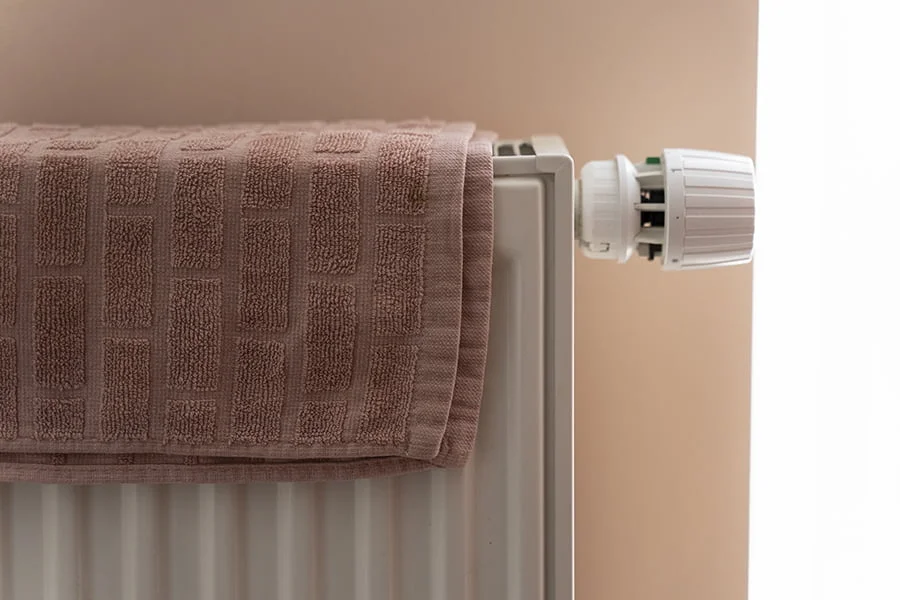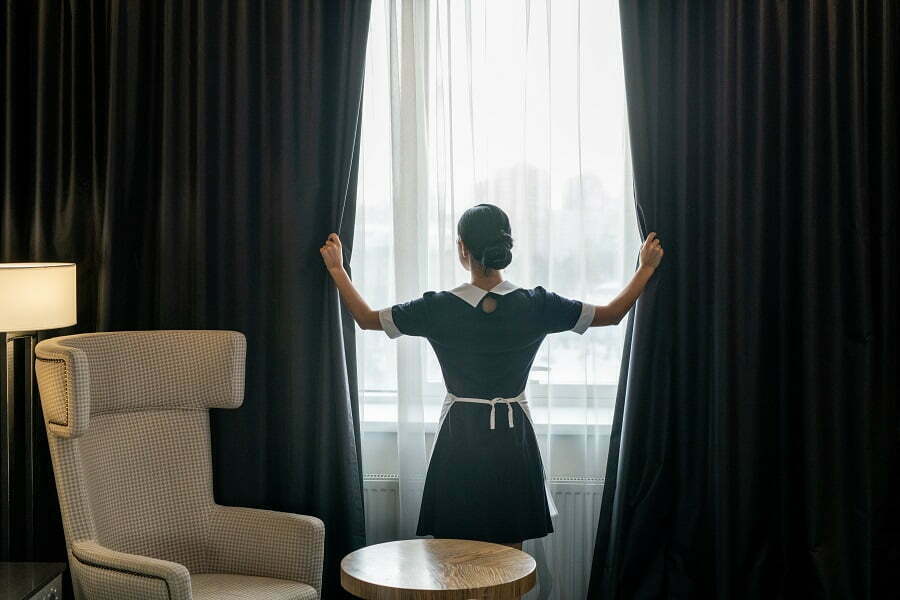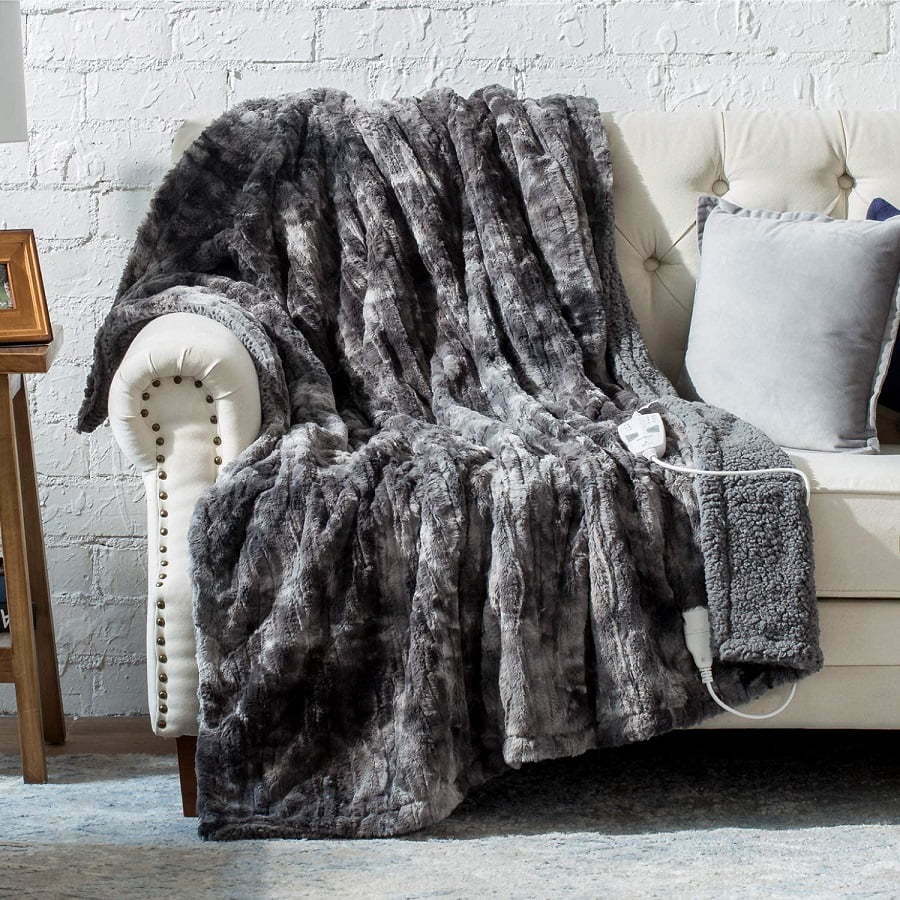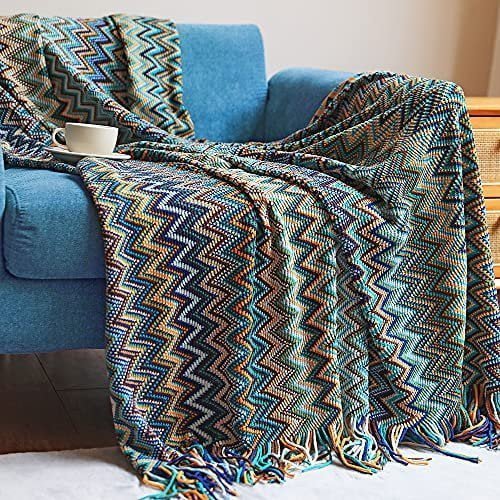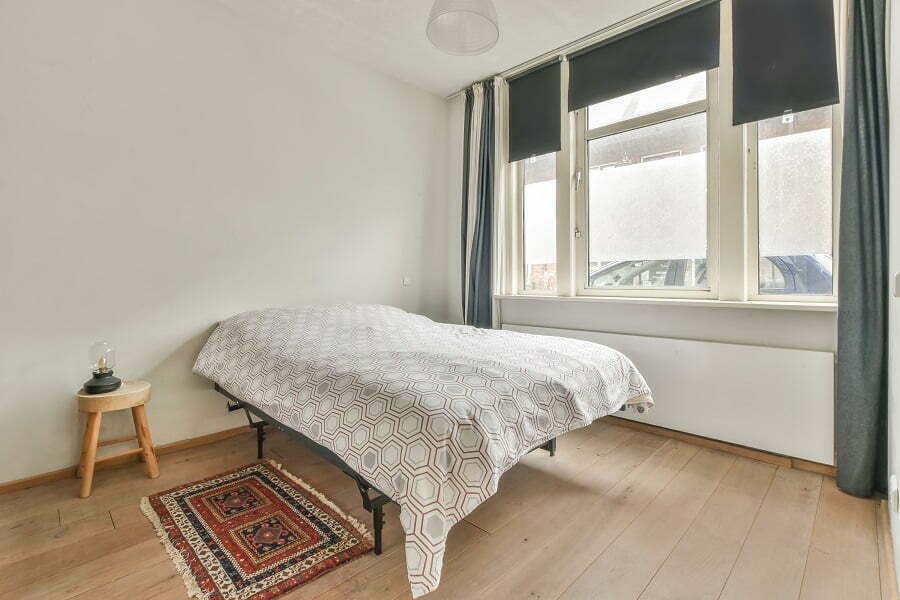Last updated on
Winters are cold, but your home doesn’t have to be. Unfortunately, central heating doesn’t always help (or there’s none). That’s where these 14 ways to keep your house warm will help.
Our favorite? Using space heaters (skip to them.)
An HVAC system with central heating will help you keep your home warm during the cold months of winter. But you don’t always want to blast it all day long — it will run up your bill pretty quickly. Using just a little trick or two will enable you to keep the heating on low, but your house all warm and cozy.
A fireplace is classic. Who doesn’t dream about cuddling up in front of one with a cup of hot cocoa while watching snow elegantly fall outside the window, feeling the warm embrace of a crackling fire? It’s so shooting and relaxing. But not everyone has a fireplace, and it’s expensive to get one.
We won’t suggest you get one. This article is about affordable and easy to implement ideas on keeping your house warm in winter.
We have included some shopping links where applicable. These links may get us a commission. We’re upfront about that. It does not cost you anything extra.
Blankets in Every Room

Check the Out the Top 10 Best Electric Heated Blankets
Warm blankets are great — they’re irreplaceable during the winter months. Having a few blankets around the house is not only a matter of convenience, it’s essential. Have them in the living room, bedroom, guest room, and just about anywhere you think you would use one.
And you know what’s even better than a warm blanket? A heated one. Cordless heated blankets are trending, and it’s the modern replacement for the good old hot water bottle (just make sure you don’t fall asleep with one.)
Space Heater
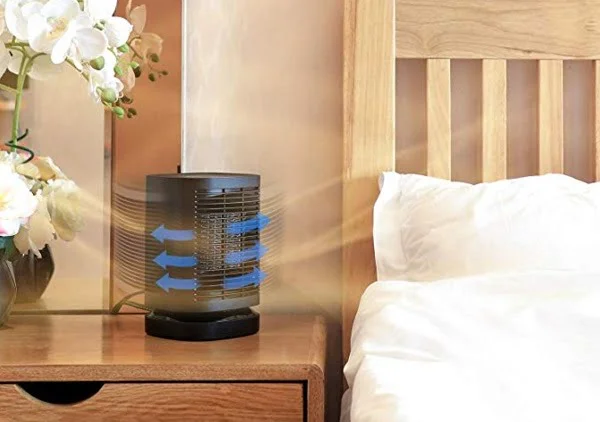
Check the Out the Top 10 Best Space Heaters
Numerous sleep experts advise that the optimal temperature for sleeping is 65 degrees Fahrenheit. If your bedroom dips below that, you can keep the room warm without turning on the central heating using a space heater. Look for a portable heater appropriate for your apartment. And keep the thing away from the bed, so there is no risk of tipping it.
You could never use the extension cord without trying it out first. Please don’t put it in the way of an emergency escape path (or nighttime bathroom visits). Before using a heater, there is a range of things to remember. Portable heaters are suitable in a child’s room, but you should not use them unsupervised.
Change the Home Furnace Air Filter
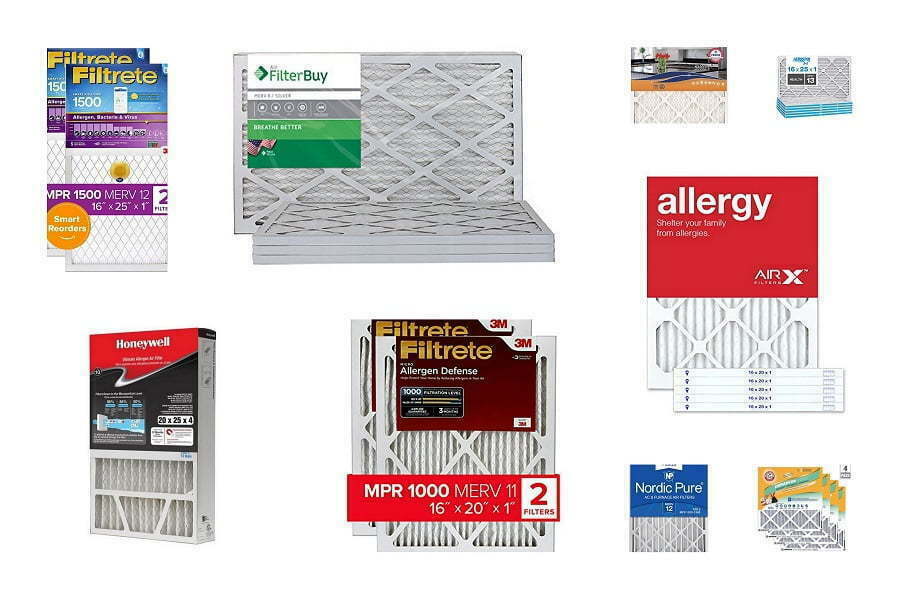
Check the Out the Top 10 Best Air Filters for the Home Furnace
One of the most common reasons your home is colder than it should be is a dirty furnace air filter. It is recommended to change it at least every 90 days. How long has it been since you’ve changed it?
Reverse the Ceiling Fans

Check the Out the Top 10 Best Ceiling Fans
The ceiling in the winter appears to feel slightly colder than the floor. Ideally, you want air circulating the room, but you don’t want cold air blowing from a fan. Most people leave it off at this time.
Running ceiling fan on low in clockwise rotation helps. When you turn the blower on low to allow the air circulation, the air will travel upward from the floor to flow around in the room. This allows warm air, trapped up high near the ceiling, to circulate the room.
It’s a simple solution. There should be a switch on your ceiling fan that will allow you to choose how your fan will spin. You can lower the temperature by a few degrees, and that will result in significant cost savings.
Seal the Windows
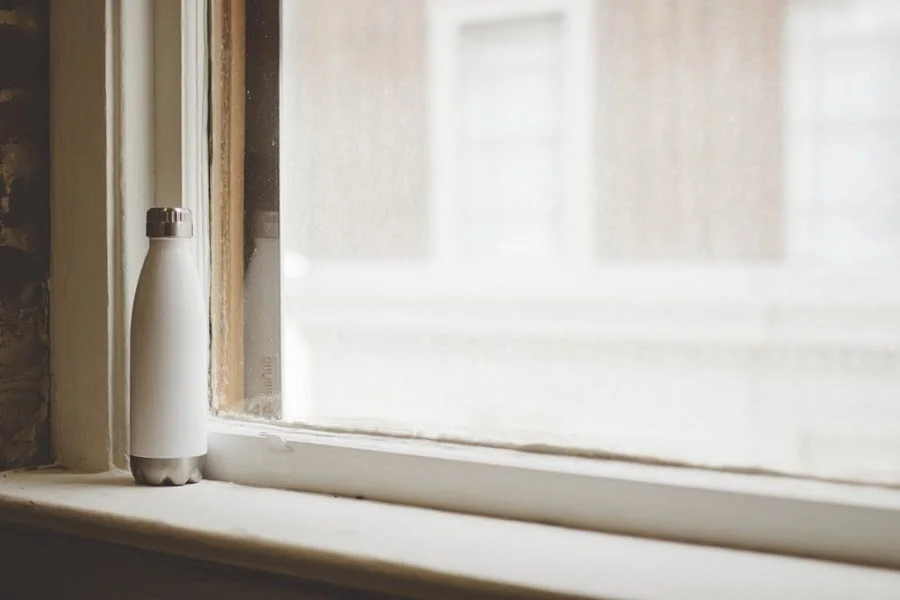
One of the main reasons homes seem to stay cold no matter what is done is the existence of drafts or leaks in and around the house that the heated air seeps out through. The most common culprit of this seepage and loss of heat is the space under the doors or cracked openings in the windows.
Look around your home. Place your hands around the edges of the windows and feel for a breeze. If you don’t address drafts, it will cost you money in the long run.
Sealing the windows is no hard matter to do. All you need is a putty knife to spread caulk, a caulking gun, and a caulk. In this way, you can patch the leaking corners of the window frame yourself. The caulk fills in the voids and makes it resistant to leaks.
It makes your house higher in energy efficiency than before. When your heat remains inside rather than escaping outside, you are less likely to cause your heating system to run frequently (and use space heaters less.)
Weatherstrip Doors
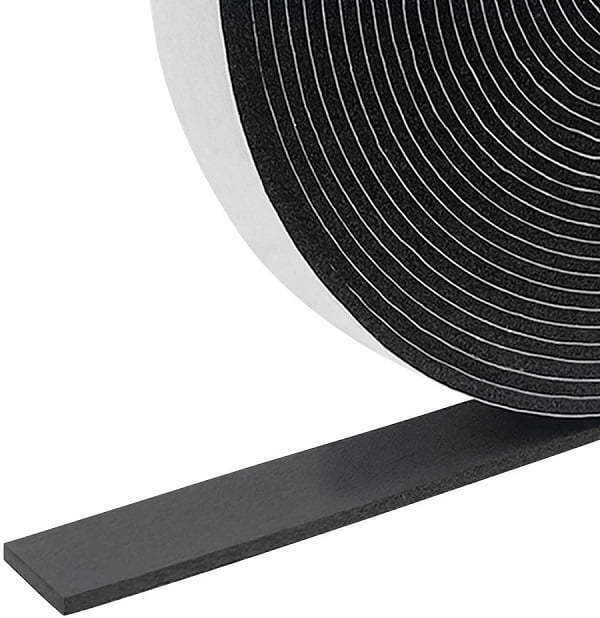
Another technique is to make sure there are no significant leaks along the edges of the doors at home, especially at the bottom and top. If you can sense the air movement on the other side of the door, the cold air supply exists even though it is closed.
The most straightforward solution to this problem is to install weatherstrips and door seals. They are used to prevent cold drafts from getting inside buildings. With these thermally insulating strips, the cold air cannot get through, saving you energy and costs money.
Similarly, season strips and caulk operate in the summer and winter. They avoid air leaking out during the summer.
Heat the Bed
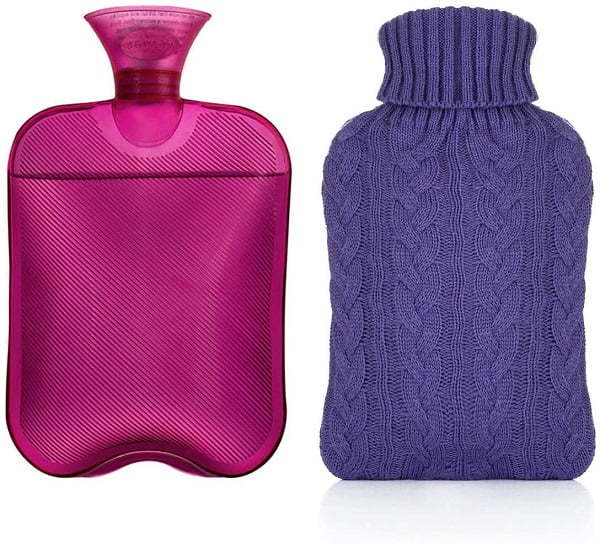
One trick to heat the bed is to fill a water bottle with hot water and throw it into my bed just before you get ready to go to the bathroom. As you wash your teeth and take a shower, the water bottle is heating the sheets, and when you climb in, they are warm. That little water bottle is like a bit of an oven.
This makes it much easier to get into bed on a chilly evening by keeping the temperature down low. Getting into a warm bed is excellent; however, getting into blankets and sheets is irritating at first. That water bottle is helpful.
It’s fast. You can heat a water bottle in the microwave by filling up a bottle, microwaving it until the water is hot, and place it in your bed. You will guarantee the lock’s protection if you remove it when you lie down to sleep.
Smart Thermostat
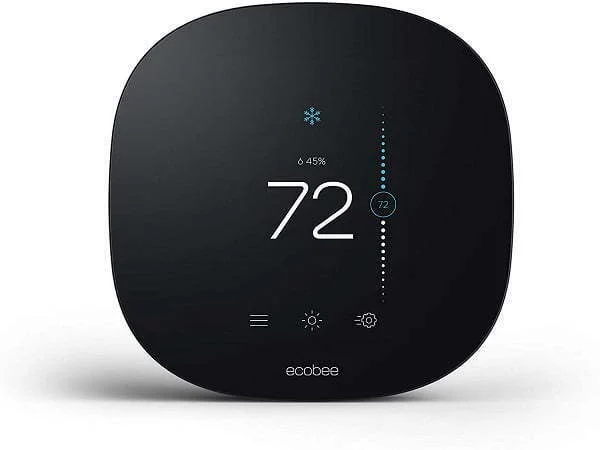
Do you have an old manual thermostat in your house? We think it is about time for a replacement. Programming the thermostat gives you a certain degree of control. Smart thermostats can learn how to conserve energy.
There are several different types of thermostats out on the market. A convenient, optimal temperature environment for your thermostat is between 60 and 70 degrees Fahrenheit.
A Shelf Over the Radiator
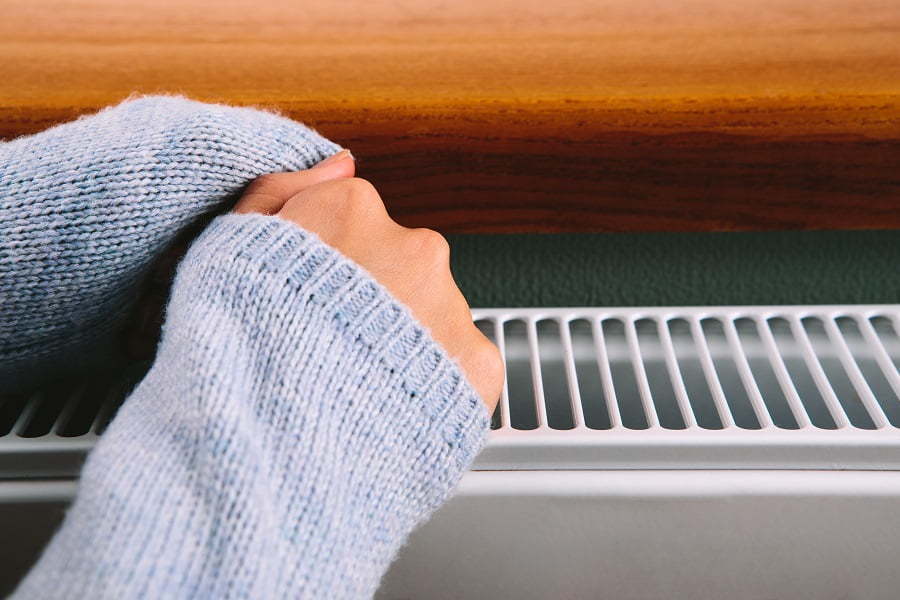
If there’s no window sill above your radiator, use a floating shelf to control the temperature of the room. How? Placing a floating shelf above the radiator would prevent heat from going up and wasting the warm air.
If your home is one of those that use a heating radiator, you should pay attention to where it is placed and how you are using it. It would be counterproductive to place a couch or anything else in front of the radiator, as this blocks its flow of heat to the rest of the house. So keep it clear of furniture or clothes if you like to dry them on top.
The heat from radiators also gets absorbed by the walls behind it. One way to prevent this is to grab some tinfoil or an insulation panel and place it behind the radiator. What this does is reflect the heat back into the home rather than allowing it to leave through the wall.
Control the Curtains

The all-powerful sun is the cheapest and most accessible source of heat there is. All you have to do is pull open your curtains and let the sunshine through. Drapes and curtains should be left open throughout the day so the room can be naturally heated up.
When it starts to get dark, it is best to close all the curtains in your home. This is when you want to retain the heat in your home, so investing in some thick curtains to do just that is a good idea, as curtains can act as another medium of insulation without having to pull open your walls and roof. There are thermal curtains made specifically to make sure the heat stays behind the veil.
Cover Floors with Rugs
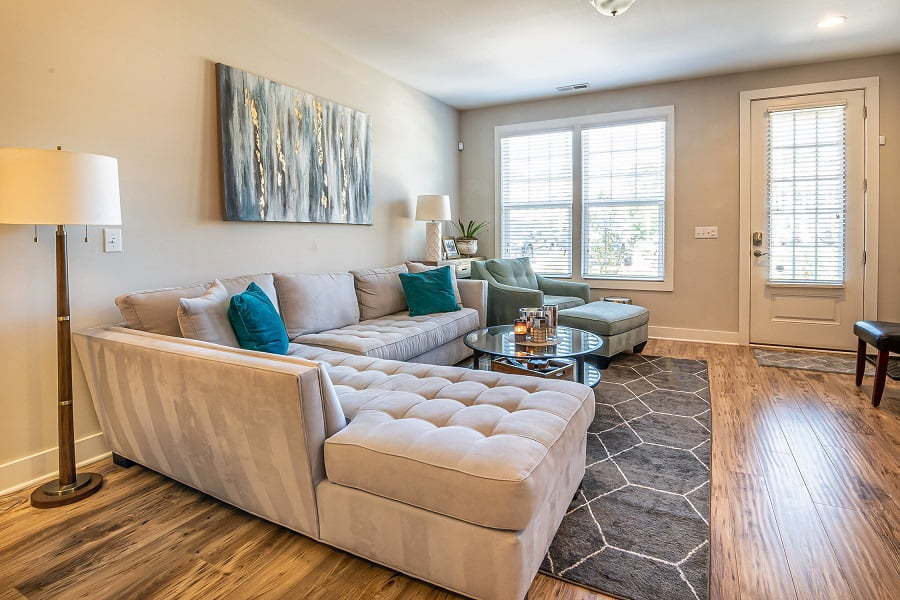
Heat can easily escape through floorboards. To avoid it, we recommend covering your floors with high-quality wool rugs to lock in the warmth. Rugs are comfortable and cozy. They will add to your decor too.
Cover Keyholes

Open keyholes aren’t just a peeper threat. The cover fits over the keyhole to completely shut out any breeze coming in. It’s a simple tip but often overlooks and understated.
Make Your Home Well Insulated
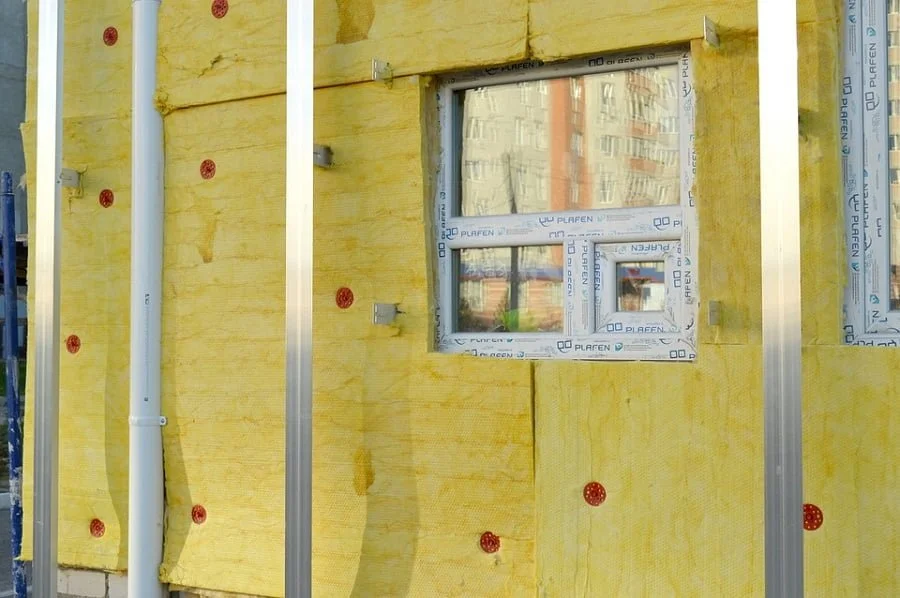
A large portion of heat loss in your house is due to it naturally rising and escaping through the roof. A poorly insulated roof will allow that to happen at an accelerated rate, which will definitely cost you over time.
When it comes to preventing heat loss, installing some extra insulation on your roof and attic will do wonders, not just for your home’s heat-retaining capability but your energy bills too. Not only does insulation prevent heat from escaping from inside the house, but it also stops cold air from outside from entering too, thus contributing to keeping your home warm for longer.
This insulation job could cost a lot and save you some decent money in the long run. It is also worth keeping doors to rooms you don’t use closed to limit heat spread. Keeping your water heaters properly insulated makes sure your costs remain down, too, while heat is high.
Fix Plumbing Leakages
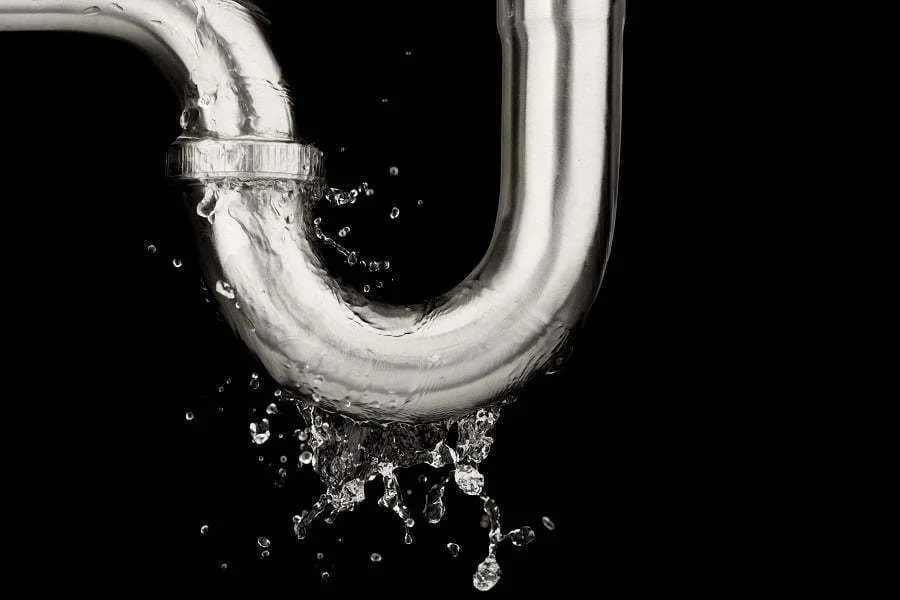
A prevalent reason for a cold house interior is water seepage through the pipes into the walls. Pipes are usually fixed along the walls, and if even one gets broken at some point, the gradually leaking water soaks deeply into the wall beside. As winters do not see a lot of sunshine, this water does not get the chance to evaporate and stays in, dampening the walls to the core and making the house even colder.
The only solution for this problem is timely detection and fixing of leaking pipes. Otherwise, they will turn your house colder and affect the structural integrity of the walls.
Recap
Liked this article? Here's what you can read next:
